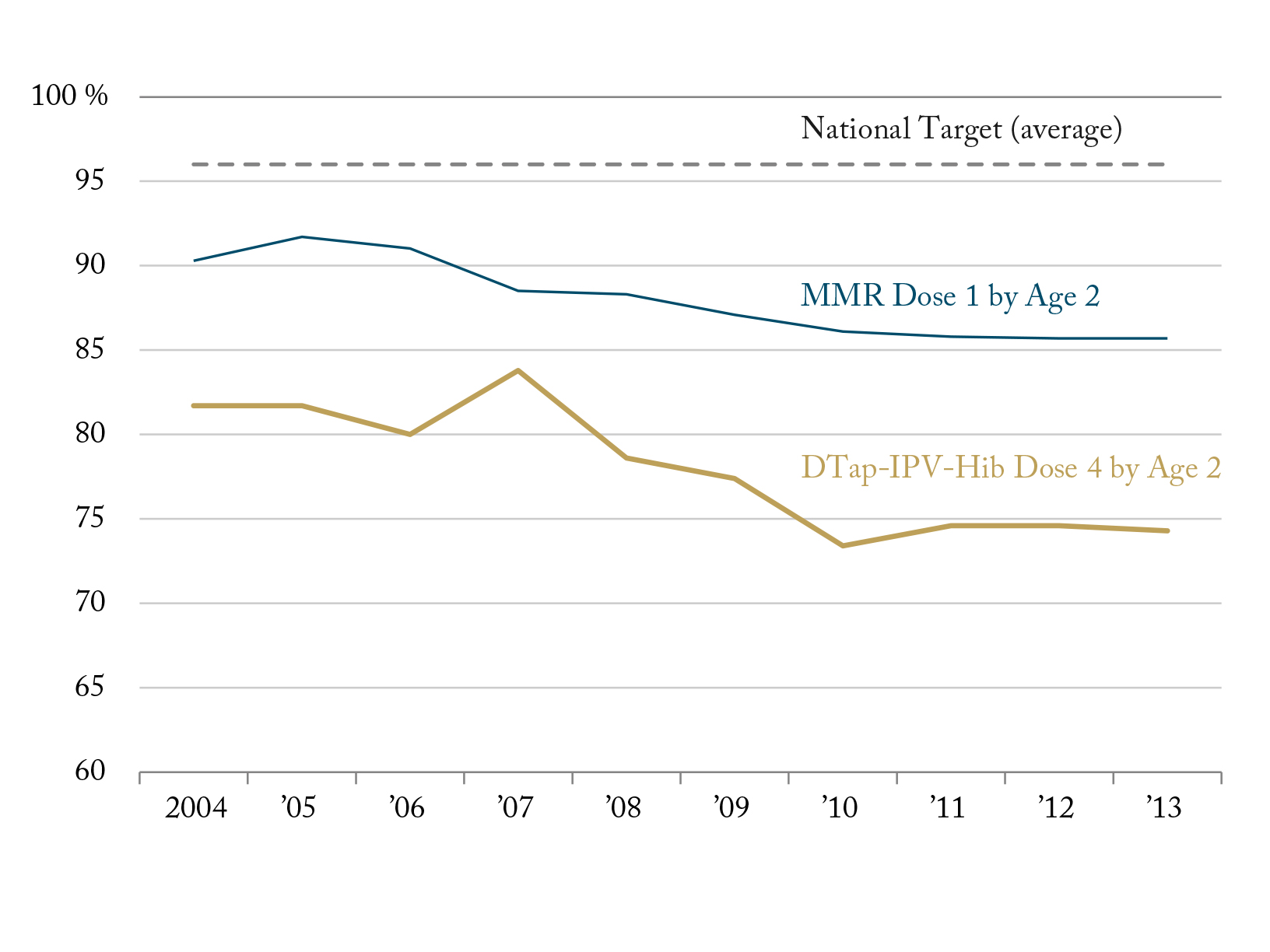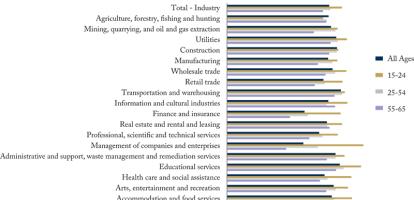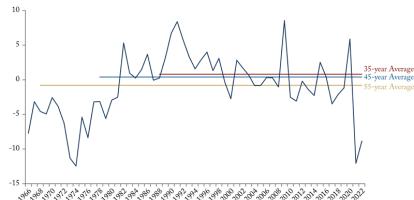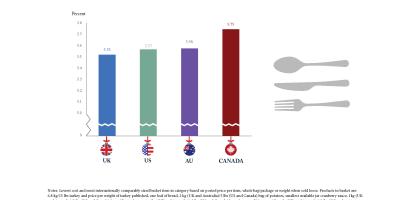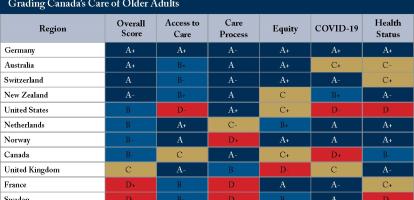Despite the public benefits of vaccinations, most provinces are failing to meet national immunization targets for key diseases, and coverage ratios in a few provinces where data are well kept and up-to-date are falling. For example, today's Intelligence Chart shows how over the past decade, coverage ratios for the full dosage DTaP-IPV-Hib and the first dose MMR fell by more than five percentage points in Alberta. As immunization coverage falls, more vulnerable populations, such as children, the elderly and people with medical conditions that prevent them from being immunized, might be at risk. In 2011, the largest measles outbreak in Canada since 1995 emerged in Quebec: in 2014, measles outbreaks occurred in British Columbia, Alberta, Saskatchewan, Manitoba and Ontario, leading to increased costs in terms of physician and hospital use in addition to the impact on health.
Since immunization is a public good, there are grounds for taking policy steps to help reach immunization targets among local populations, but politicians are reluctant to restrict freedom of choice or punish parents who are anxious about their children’s well-being. Policy should be designed to make immunization easy, as well as help professionals and policymakers do a better job of presenting the benefits and risks, while protecting parents’ right to choose whether or not to vaccinate their children.
Click on the following hyperlink to read the Institute’s full report by Colin Busby and Nicholas Chesterly: A Shot in the Arm: How to Improve Vaccination Policy in Canada

